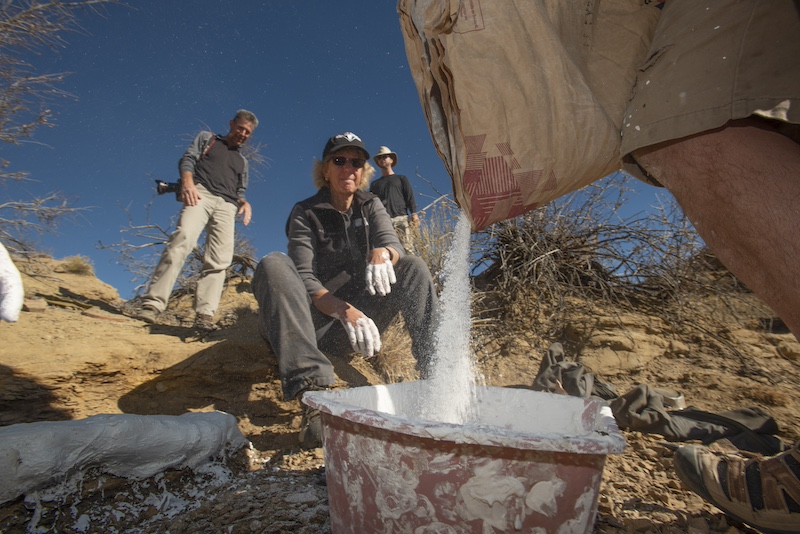
Evidence of hoofed animals after dinosaurs’ demise
Scientists have discovered a new ancient mammal species. And they think it’s the earliest known ancestor of hoofed animals like deer, pigs and horses. This diminutive creature – the size of a chinchilla – lived about 65 million years ago in present-day Colorado. Its ancestors were among the small mammals that survived the Cretaceous–Paleogene extinction event that wiped out most dinosaurs.
The Journal of Mammalian Evolution announced this new species on April 2, 2024.
Tyler Lyson, one of the paper’s authors, is the curator of vertebrate paleontology at the Denver Museum of Nature and Science. He said in a statement:
Rocks from this interval of time have a notoriously poor fossil record and the discovery and description of a fossil mammal skull is an important step forward in documenting the earliest diversification of mammals after Earth’s last mass extinction.
Militocodon lydae, the earliest of hoofed animals
They based Militocodon lydae on two fossils, the primary specimen being a well-preserved partial skull and jaw. This creature lived just 610,000 years after the cataclysmic Cretaceous–Paleogene extinction event. That’s when a large asteroid crashed into Earth, 66 million years ago. And that caused the extinction of three-quarters of all life on our planet.

Additionally, scientists believe the animal was likely an omnivore, based on analysis of its teeth. Otherwise, not much is known about how it lived.
But how do they know it was related to hoofed mammals? They used a micro-computed tomography scan to create a 3-dimensional image of the fossil. Then, they compared the characteristics of the skull and teeth to those of other extinct early hoofed mammals.
Finding Militocodon lydae
They discovered the fossil in 2016 in the Corral Bluffs area, east of Colorado Springs, Colorado, USA. Many Paleocene mammal fossils, dating from 65.5 to 55.8 million years ago, have been found in this area.
Sharon Milito, a volunteer at the Denver Museum of Nature and Science, recovered the Militocodon lydae. They named the fossil’s genus name, Militocodon, in her honor. And its species name, lydae, is in honor of a key supporter of the museum’s work at Corral Bluffs, Lyda Hill.

Evolution of early mammals
Mammals first appeared in the fossil record about 225 million years ago. And they stayed small for much of their evolutionary history, living in the shadows of behemoths like giant reptiles and dinosaurs.
However, mammals began their rise to prominence not long after dinosaurs became extinct. Then, over tens of millions of years, there was an astonishing diversification of mammal species. Consequently, these animals evolved to fit into new niches created by new environments.
Bottom line: Scientists discovered a new ancient mammal species that lived 65 million years ago in what is now Colorado. According to scientists, it’s thought to be the earliest known ancestor of hoofed animals like deer, pigs, and horses.











